You might be already aware of the importance of optimizing the title for SEO.
Besides optimizing title tag and meta description for better SEO, you must optimize the URL for search engines and to enhance the user experience.
While most of the webmasters take extra care in sculpting the title of a webpage, very few care about the URL.
Google now shows extra importance to display the URL first instead of the title tag. Due to this factor, the search users first read the URL instead of the title.
So, it’s important to optimize the URL which is SEO friendly and user friendly.
This article will be helpful for you to learn how to create SEO optimized URL relevant to the page.
Reasons why Google decided to display the URL first in SERP instead of Page Title:
Previously, Google used to display a website in SERP in the order of title, URL, and description.
So, Google search users will read the title first before clicking a website in the SERP.
But now things have changed, it’s the URL first in the line of SERP as shown below.

Here are some of the reasons why Google might have chosen to list URL on the top instead of title,
Website Branding:
While the title is the one that describes the content inside the webpage, the URL is emphasized in SERP.
- The first reason is branding. Google now gives importance to sites that are branded and has authority in the niche. By displaying the URL on the top, it helps the users to choose the websites based on branding.
- It helps the users to click on websites they trust in SERP but not based on the title.
- Though this is not applicable in all the cases, it’s one of the main reasons why Google might have decided to display the URL first.
Decreases the Performance of Sites with Deceptive Title:
- I’ve seen a lot of webmasters use deceptive titles just to generate clicks to their website in SERP.
- Displaying the URL first in SERP may be a solution for Google to let users choose websites based on brands instead of depending on the title and description.
This is not going to stay the same all the time.
Google continuously makes changes in the SERP and other services to provide the best user experience and to eliminate sites with poor content quality.
Instead of frequently changing things based on the updates, it’s a good rule of thumb to follow balanced optimization to comply with Google standards all the time without affecting the user experience.
10 Tips to Create Optimized URL for Better SEO:
Here are some of the tips you can follow to optimize the URLs of your website.
If your old URLs were not optimized properly, you can address the issue by creating a new optimized URL and 301 redirect the old URL to the new one.
1. Optimize the Length of the URL:
Like we limit the length of the title to 60 characters and length of the meta description to 150 characters, the URL should be limited to 50-60 characters.
The length of the URL should be short since the long URL will be truncated in the Google search result.
Unlike the title and description, the URL length optimization of the website will vary based on the length of the domain name.
The shorter the domain name is, the more characters you can add on to the slug. But, if the domain name is itself too long then the slug has to be shortened.
For example,
URL with Short Domain and Lenghty Slug:
URL with Lenghty Domain name and Shorter Slug:
Example of Lenghty URL truncated in SERP:
So, the shorter URL is better. Analyse your domain and customize the slug based on the length of the domain.
Usually, it’s possible to add 3 to 4 words in slug even in the lengthier domain names.
Be advised that if you’re using breadcrumb on your website, Google may some times display only the part of the URL which is not a problem.
Been said the breadcrumb help Google to better understand your website.
2. Adding Tag in the URL:
Some of the bloggers optimize their URL with tags included in the slug.
You may try adding the category to the URL for a better user experience.
For example, the URL mentioned in the image has the SEO category included in the URL.
If you’re using WordPress CMS to run your website, you customize the URL in the settings.
3. Keywords in the URL:
While we create a lengthy title that says what’s the webpage about, the URL doesn’t have to necessarily need to be lengthy.
It’s more than enough to add the important keyword(s) to the URL, instead of adding a detailed slug.
For example,
The following is keyword optimized.
The following contains unnecessary words that are not important.
It’s not a rule that you shouldn’t add a detailed slug. But, adding the target keyword(s) is more than enough.
I’ve seen websites with zero URL optimization ranks number one on Google SERP.
Shorter URL with highlighted keyword makes it look professional in SERPs.
4. Do not use Numbers and Symbols on SERP:
While it’s a good idea to add numbers in the title, it’s not recommended to use numbers in the URL.
Using numbers in URL doesn’t add value to the search engine optimization nor improves user experience in SERP.
Similarly, using symbols in the URL is a sign of poor SEO. Avoid using any symbols like “$”, “@”, “&”, “%”, etc. in the URL.
Keep the URL as simple as you can to make it look professional and SEO friendly.
5. URL should be meaningful:
As said before, Google gives importance to URL in SERP by listing URL on top of the title.
The users would mostly read the URL first before reading the title.
So, make sure that the slug should be meaningful and related to the topic
Usually adding the target keyword(s) to the URL is more than enough to make it meaningful.
6. Avoid using CAPS in URL:
Do not use CAPS in the URL. Create the URL with all the characters in small letters.
Well adding capital letters in the URL will make it look weird.
The primary reason why CAPS is not recommended is that sometimes URL is case sensitive and may lead to a 404 error if the letters are small in hyperlinks.
While this doesn’t happen frequently, it’s wise to follow the universal rule of making all the letters small in the URL.
7. Use https for Better SEO:
Using https is one of the Google ranking signals. Not the most important ranking signal but it’s wiser to use https on your website as per Google guideline.
With almost all the websites using https(SSL), Google has removed the indication https in front of the URL both in the search results and in Google Chrome address bar.
8. Prevent using the URL recommended based on Title:
As you create a title tag, the WordPress and other CMS platforms automatically create slug based on the title.
It’s advised to edit the slug after creating the Title to customize the URL by removing unnecessary words and stop words.
8.1. Remove stop words in the slug:
SEO plugins like Yoast do not recommend adding stop words like “to”, “for”, etc in the slug.
Try to be shorter and specific with the content that appears in the slug.
9. Do not Use Underscore in URL:
Like it’s not recommended to add symbols and numbers in the slug, it’s also not recommended to use underscore in the URL.
Previously, people used to register the domain name with _ in between exactly to mask alternate versions of brands. But, Google started to devalue the domains with the hyphen and underscore.
While this doesn’t directly relate to using an underscore in the slug, it’s a good practice to stick to the default URL structure.
10. Do not add Date in URL:
It’s not recommended to add the date in the URL. You may add the date to the URL only if it’s necessary.
Usually, blog websites should remove the date in the URL.
It’s really easy to remove date in the CMS like WordPress.
Go to Settings > Permalinks to change the date URL to Post name as shown in the image.
Do not change this in live websites as it seriously gonna affect the SEO performance. You must do this before creating the first post or should have a minimum number of posts so that you can permanently redirect the old URLs to the new one within the shortest time possible.
If you’re using a hosted platform like Blogger, they do not have an option to remove the date in the URL.
11. www version or non-www version?
It’s up to you to choose whether to display the www version or non-www version.
It’s recommended to choose the version during the installation process.
You can edit the site details in the WordPress settings and let the search console know about the preferred version.
In the case of Blogger, you will be able to use only the www version.
Indirect Benefits of Optimizing URL:
While there are a lot of benefits optimizing URL for SEO and user experience, here are some of the indirect benefits of optimizing URL.
Showcase your optimized website:
When bloggers and webmasters look at your website in SERP, they do notice the URL of your website in SERP.
Optimized URL is the sign that you’re a professional who takes care of your website. A website that has the URL the same as the title shows the sign of inexperience.
There are chances other webmasters might link to your website based on URL, but your content and authority matter a lot, not the URL. It’s just a way to be perfect nothing more.
So, taking a few seconds to optimize the URL matters a lot other than SEO benefits.
Old date in the URL relates outdated content:
I did say before that using date in the URL is not good for SEO.
But apart from SEO, the content with the old date in the URL will be seen as outdated content even if the content is updated frequently.
It’s not proved that the unoptimized URL causes a drop in CTR performance of the websites in SERP.
That’s all about URL optimization!
I recommend you install the Rankmath plugin which has an indicator that shows URL optimization level.
Feel free to leave your comments below to start a discussion and to share your knowledge on URL optimization with other users.
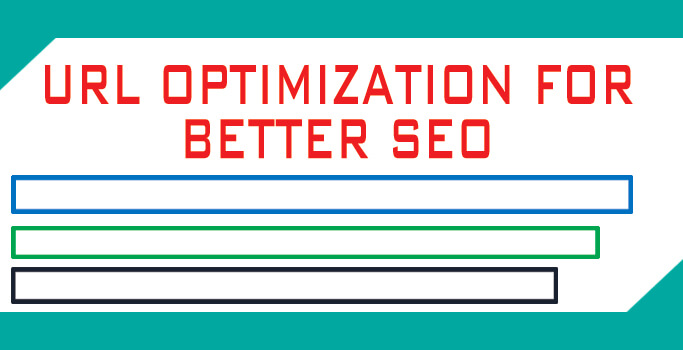







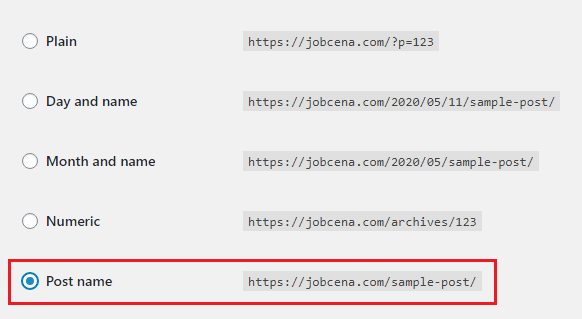
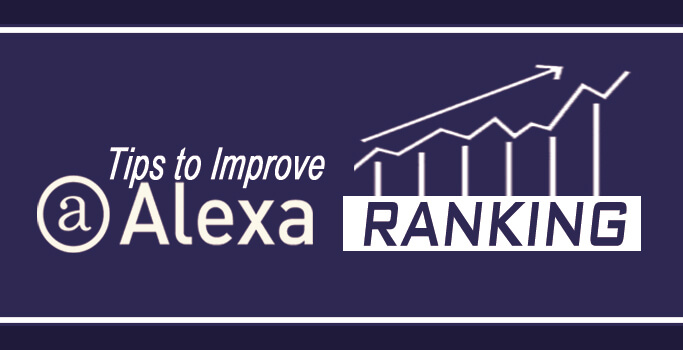
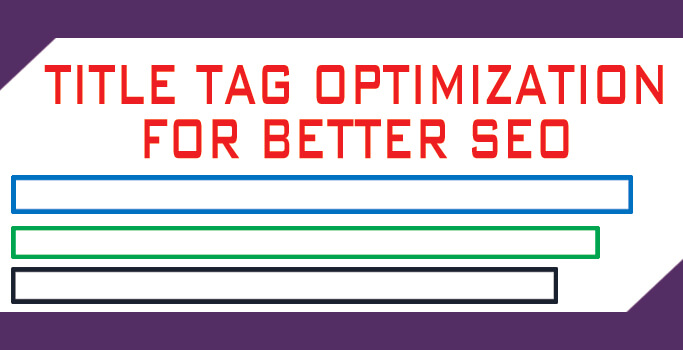
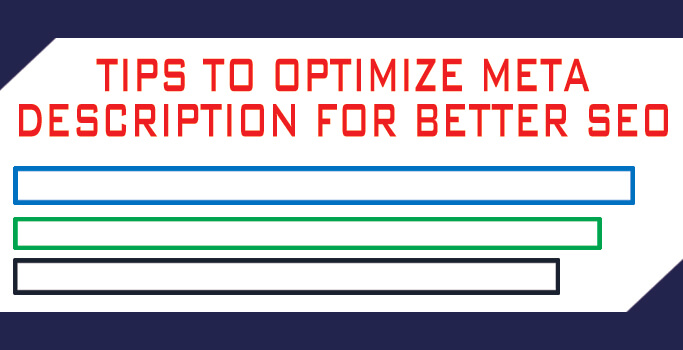
Impressive!